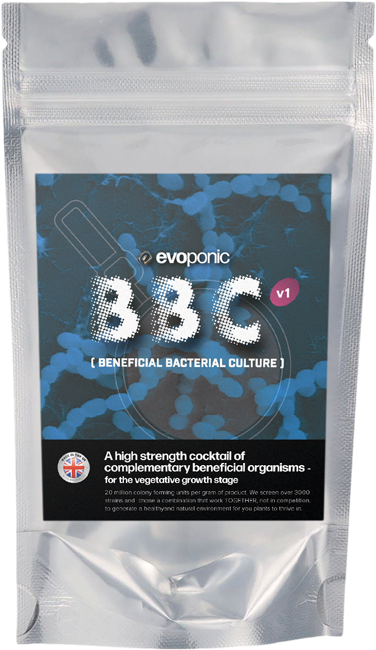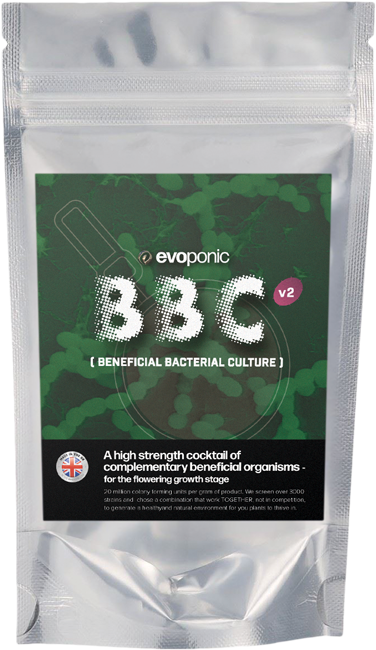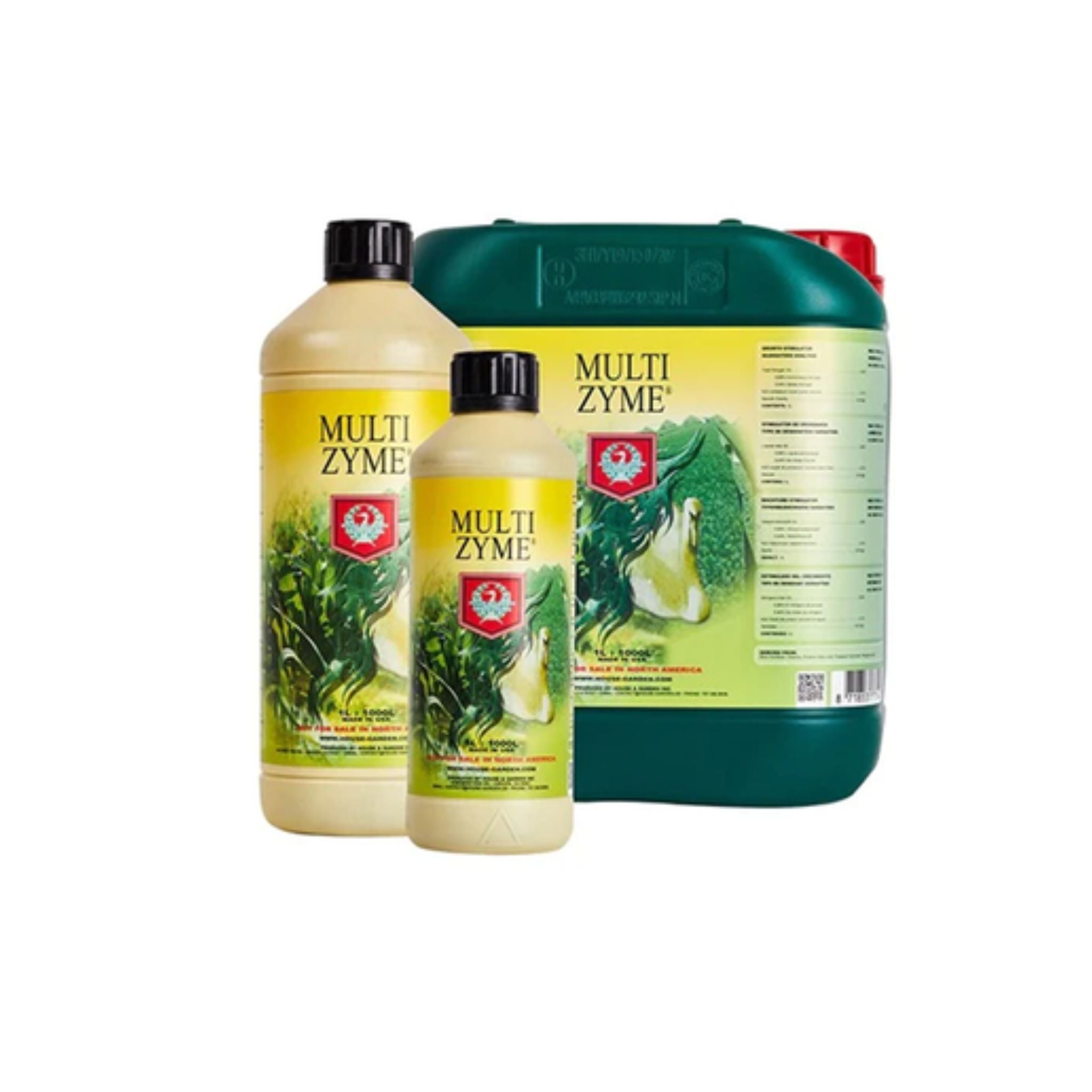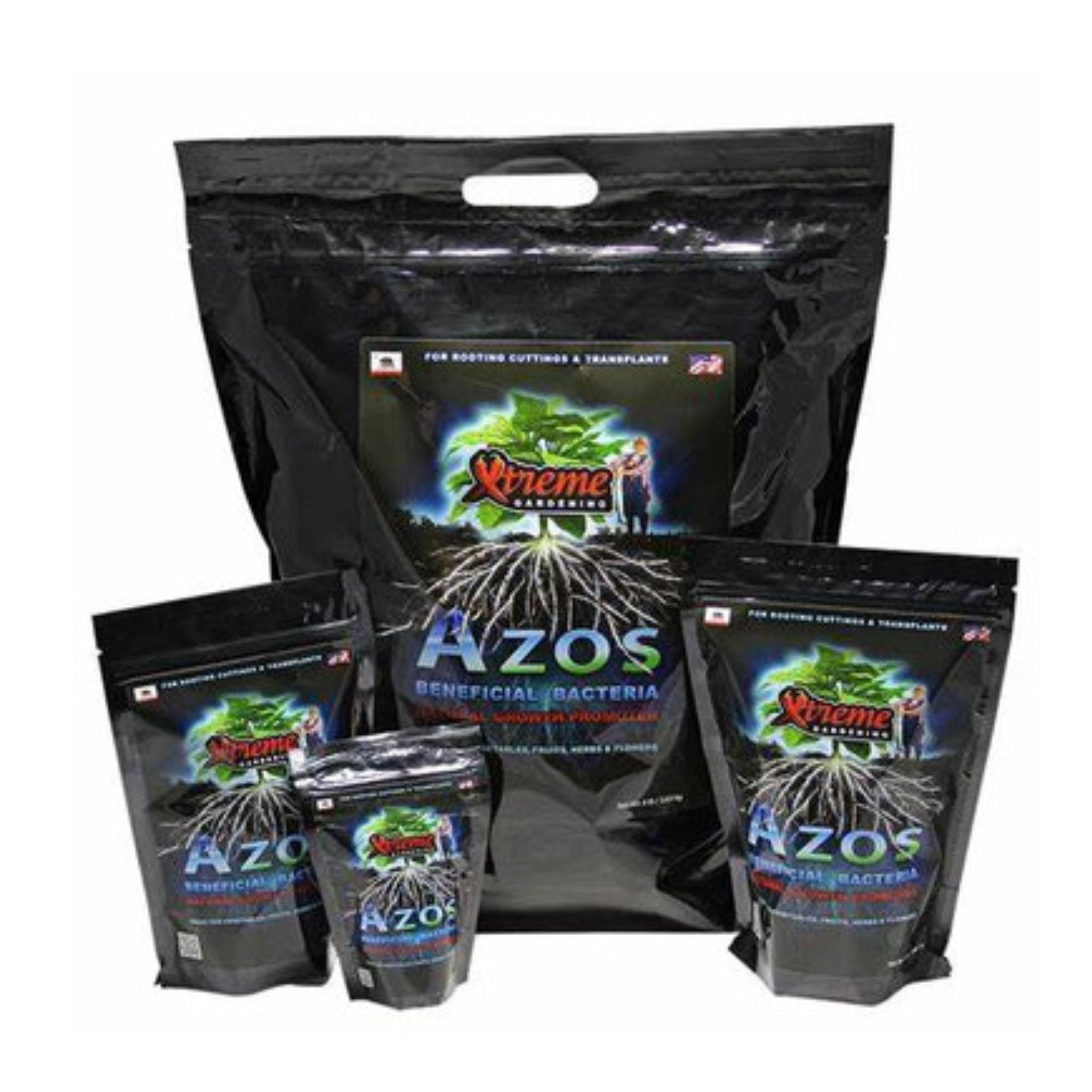Beneficial bacteria play a crucial role in promoting plant health and growth. They form symbiotic relationships with plants, aiding in nutrient uptake, disease prevention, and overall plant resilience. Here are some common types and benefits of beneficial bacteria for plants:
Rhizobacteria: Rhizobacteria, such as species of Bacillus and Pseudomonas, colonize the rhizosphere—the region around plant roots. They provide several benefits, including:
Nitrogen Fixation: Certain rhizobacteria form mutualistic relationships with leguminous plants, fixing atmospheric nitrogen into a form that plants can use for growth.
Nutrient Solubilization: Rhizobacteria produce enzymes that help solubilize minerals and make them available to plants. They enhance the availability of phosphorus, iron, and other nutrients.
Disease Suppression: Some rhizobacteria can produce antibiotics or compete with plant pathogens, helping to suppress diseases and promote plant health.
Mycorrhizal Fungi: Mycorrhizal fungi form symbiotic associations with plant roots. They extend their hyphae (thread-like structures) into the soil, effectively increasing the root surface area. Benefits of mycorrhizal fungi include:
Enhanced Nutrient Uptake: Mycorrhizal fungi facilitate the absorption of nutrients, especially phosphorus and micronutrients, from the soil. They form an extensive network that extends beyond the reach of plant roots.
Drought Resistance: Mycorrhizal fungi improve the plant's ability to withstand drought conditions by increasing water uptake and reducing water loss through transpiration.
Disease Resistance: They can induce systemic resistance in plants, enhancing their defense mechanisms against various pathogens.
Rhizobacteria: Rhizobacteria, such as species of Bacillus and Pseudomonas, colonize the rhizosphere—the region around plant roots. They provide several benefits, including:
Nitrogen Fixation: Certain rhizobacteria form mutualistic relationships with leguminous plants, fixing atmospheric nitrogen into a form that plants can use for growth.
Nutrient Solubilization: Rhizobacteria produce enzymes that help solubilize minerals and make them available to plants. They enhance the availability of phosphorus, iron, and other nutrients.
Disease Suppression: Some rhizobacteria can produce antibiotics or compete with plant pathogens, helping to suppress diseases and promote plant health.
Mycorrhizal Fungi: Mycorrhizal fungi form symbiotic associations with plant roots. They extend their hyphae (thread-like structures) into the soil, effectively increasing the root surface area. Benefits of mycorrhizal fungi include:
Enhanced Nutrient Uptake: Mycorrhizal fungi facilitate the absorption of nutrients, especially phosphorus and micronutrients, from the soil. They form an extensive network that extends beyond the reach of plant roots.
Drought Resistance: Mycorrhizal fungi improve the plant's ability to withstand drought conditions by increasing water uptake and reducing water loss through transpiration.
Disease Resistance: They can induce systemic resistance in plants, enhancing their defense mechanisms against various pathogens.
































